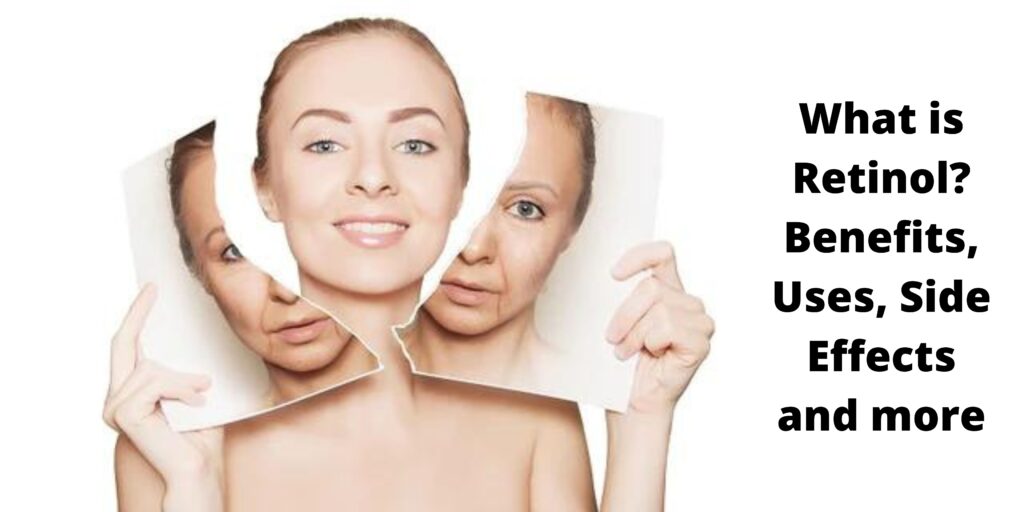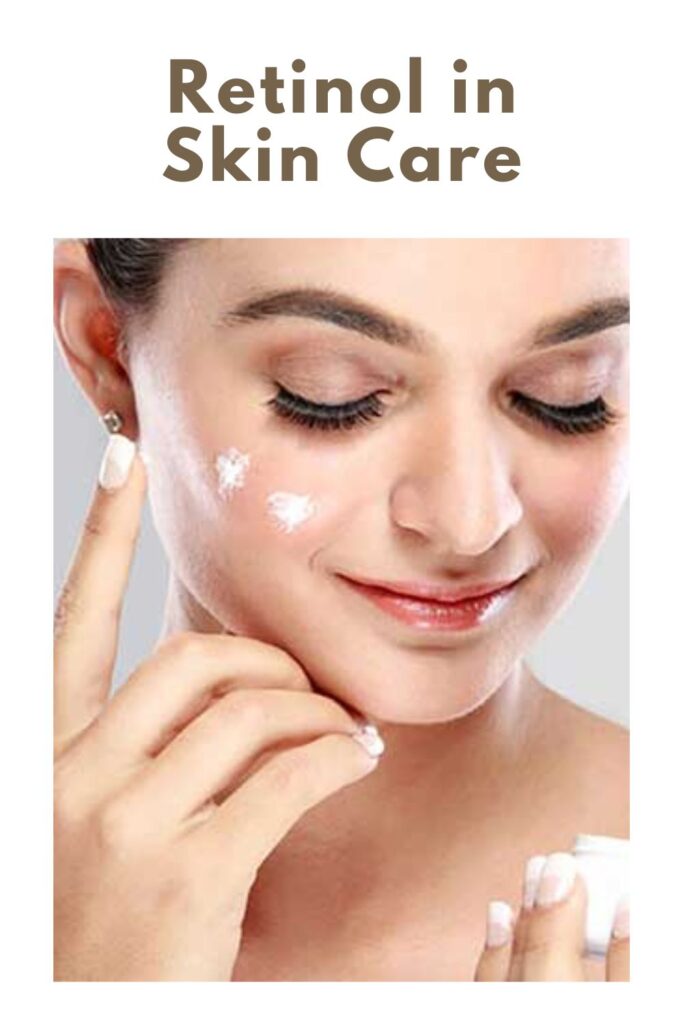Even if you have just begun to study the functions of the ingredients that compose the skin care products, you have probably heard a lot about the wrinkle-reducing and acne-battling benefits of retinol. Lots of dermatologists confirm the impressive results of products with retinol in the stimulation of collagen production, improving skin texture, and diminishing dark spots.
So what is retinol used for in skin care, and how best to apply it?
Let’s dig deeper and see how works retinol in cosmetics.
What Is The Use Of Retinol In Skin Care?
Our body produces retinol naturally, but for the skincare industry, it is synthetically made from vitamin A. Upon contact with the skin, retinol is converted into retinoic acid by specialized enzymes, which help to boost skin cells turnover. Unlike the acid products, which are also used in anti-age routine, it does not remove dead skin cells. Going deep beneath the epidermis, retinol starts collagen production.
Who Should Use Retinol?
The purpose of retinol in skin care is treating or taking preventive measures for:
- wrinkles
- fine lines
- enlarged pores
- pigment spots
It works with all skin types, but you should be extra cautious when putting it on sensitive, damaged, or over-exfoliated skin because of its side effects – flakiness, redness, dryness, and even some breakouts.
How Can You Add Retinol to The Personal Care Routine?
To avoid side effects and smoothly incorporate retinol into your daily routine use these simple rules:
- Choose the product with a low retinol concentration (around 0,2%).
- Start by applying the cream with a retinol at night taking breaks for 2-3 days.
- Apply retinol cream or serum on the cleansed dry skin.
- To keep skin hydrated use moisturizers.
- As retinol makes skin more sensitive to the sun, don’t forget to wear a broad-spectrum sunscreen.


